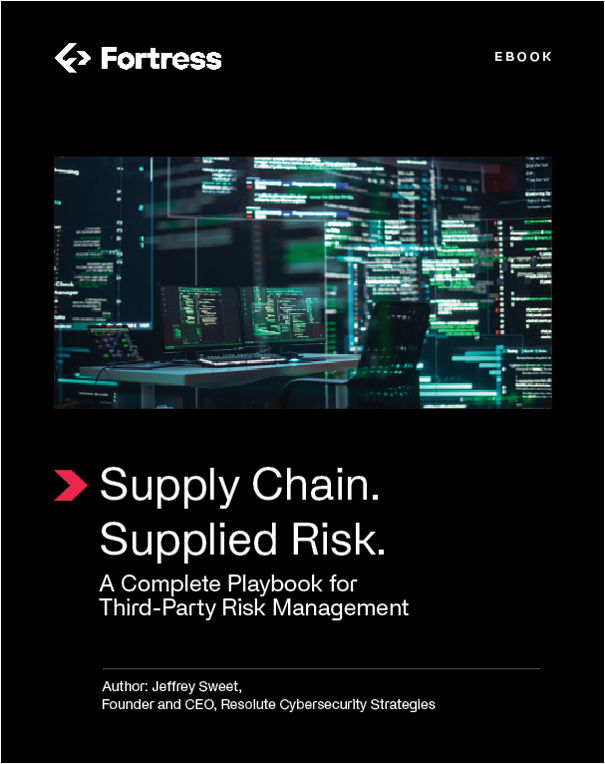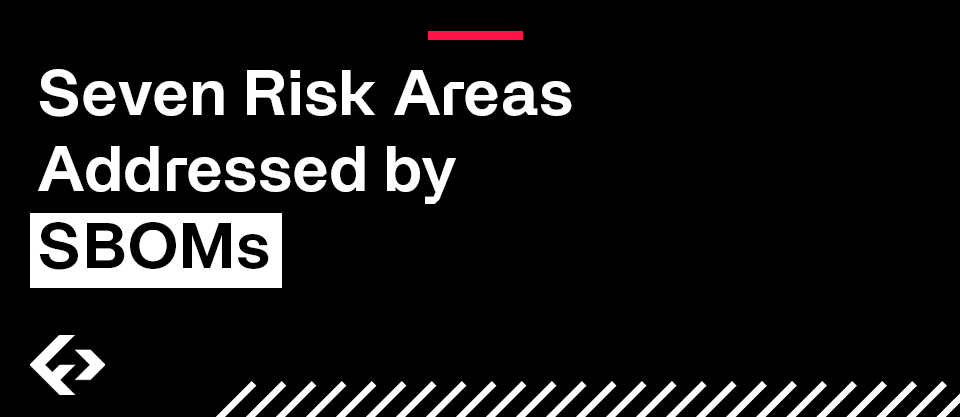Electric utilities are responsible for providing reliable and safe power to millions of customers. To achieve this, they must maintain a complex infrastructure of power generation, transmission, and distribution systems. One of the challenges facing utilities today is the need to effectively manage the security of their systems, particularly in the face of growing cyber threats. One new tool that can help utilities improve their security posture is the Software Bill of Materials (SBOM). SBOMs can help electric utilities improve their security posture by providing a detailed and centralized view of their software components and enabling decision support to identify and take action on potential vulnerabilities before they can be exploited by threat actors.
SBOMs provide a comprehensive inventory of all software components, enabling organizations to quickly identify vulnerabilities and track which products are affected. By having a complete and up-to-date understanding of their software environment, organizations can make informed decisions on software updates and patches, reducing the risk of exploitation of known vulnerabilities.
SBOMs should provide a listing of proprietary and open-source ingredients in software which runs critical infrastructure technologies. SBOMs provide actionable information to purchasers so they can make informed decisions about software and help understand the support lifecycle and time-horizon for updates. While many standards and guidelines require varying levels of software security, an effectively prepared and analyzed SBOM can be invaluable in meeting tomorrow’s critical infrastructure application cybersecurity challenges.
What's the Threat?
Software supply chain attacks are increasing in frequency, sophistication, and complexity. One notable example is the widely used component, Log4j, which contained a zero-day vulnerability and compromised the software supply chain. Vulnerabilities like Log4j can seriously impact an organization’s overall security posture by potentially exposing sensitive data and systems to attackers. Compromised components can be in use throughout an organization’s IT infrastructure and exploited to launch more widespread attacks, leading to a significant breach.
Common trends such as an increasingly remote workforce, the use of open-source code sources, and shadow IT all leave organizations with a growing attack surface. These trends have increased the exposure to supply chain attacks as well as the likelihood of compromise.
Why are SBOMs Important for Electric Utilities?
Electric utilities rely heavily on a complex network of systems to manage and control the generation, transmission, and distribution of electricity. These systems are critical to the operation of the electric grid, and any disruption or compromise can have severe consequences. By creating and maintaining SBOMs for critical systems, utilities can gain a better understanding of the software components used in their operations and can use this information to contextualize potential security risks to their environment.
An SBOM does not directly offer security, but it does offer a comprehensive view of the software components used in a software package. This helps organizations maintain an accurate inventory of their assets, enabling them to analyze vulnerabilities and prioritize risks more effectively. As a result, their overall security posture is improved. Traditional application security involved waiting for patches for entire products without the perspective that an SBOM provides at the component level. With a better understanding of the software components, effective mitigation and more informed risk acceptance will allow for enhanced risk-based decision making.











